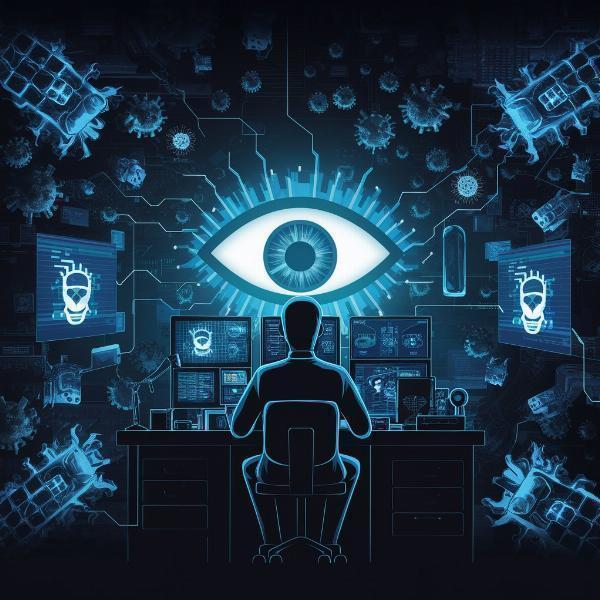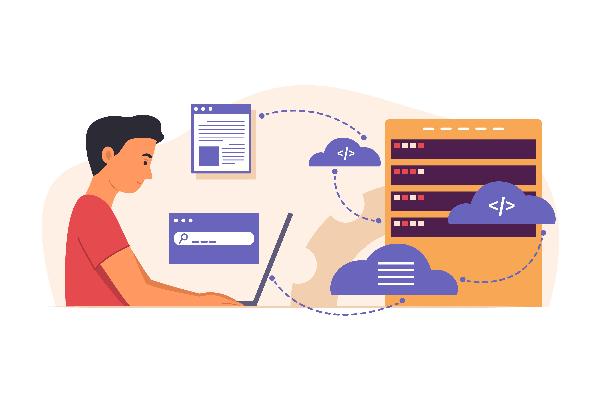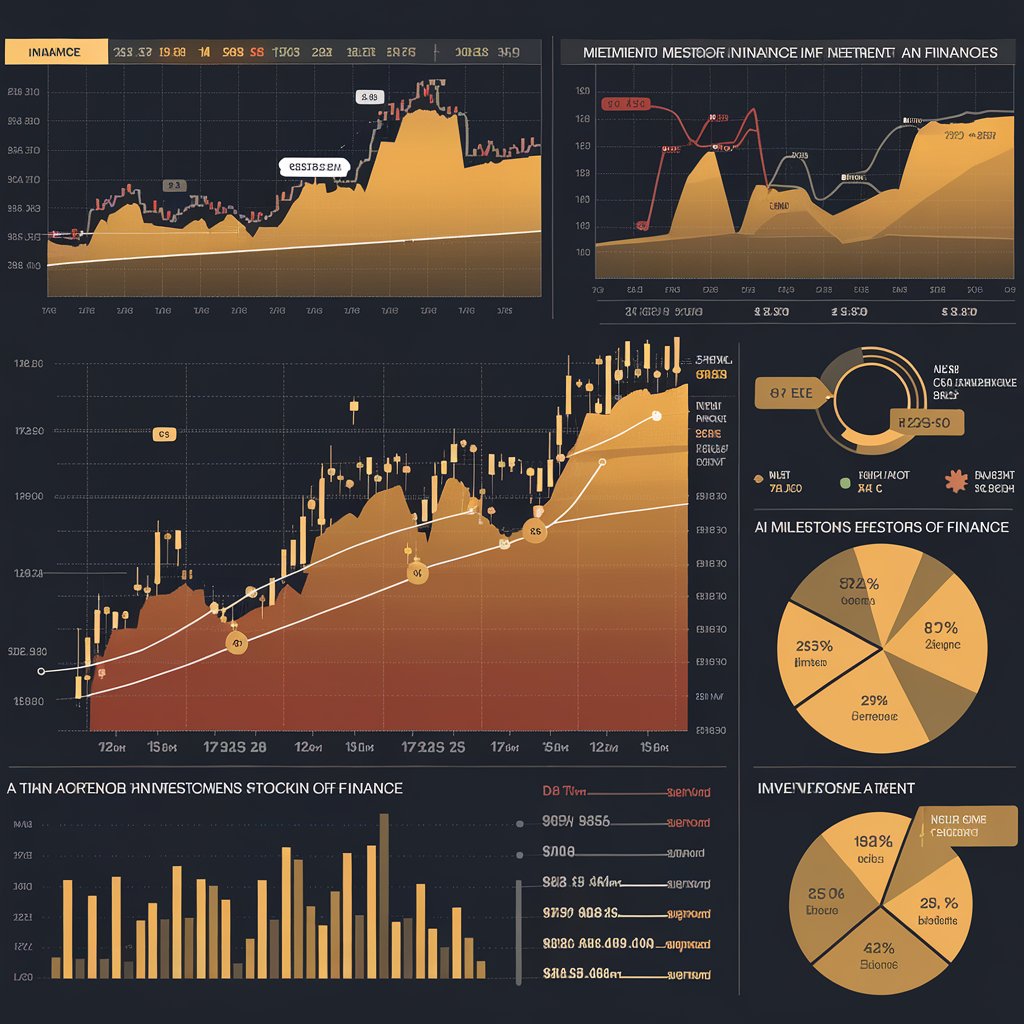 White Hat Link Building – Safe. Powerful. Long-Term.
White Hat Link Building – Safe. Powerful. Long-Term.
Unmasking the Enemy: Understanding Motivations and Capabilities of Different Threat Actors Leveraging Vulnerabilities
Written by Jinesh Vora » Updated on: June 17th, 2025

Table of Contents
- Introduction: The Dynamic Threat Landscape
- Threat Actors: Definition, Overview, and Identification
- Motivations for Conducting Cyber-Attacks
- Deep Dive into Types of Threat Actors
- Techniques and Methods Applied by Threat Actors
- Role of Intelligence Gathering in Understanding Threat Actors
- Real-World Examples: Case Studies That Illustrate Threat Actors in Action
- Why Study?: Ethical Hacking Course in Pune
- Designing a Resilient Defense Strategy Against Threat Actors
- Conclusion: Beating the Changing Landscape of the Threat Actors at Their Game
Introduction: The Changing Landscape of Threat Actors
The digital age has been encountering cyber threats, and many organizations from all walks of enterprises have been victims. The methodologies applied by the malicious actors keep improving with the advancement in technology. Understanding threat actor drivers and capabilities is critical to building a fit-for-purpose cybersecurity strategy. If an organization understands who they are and what motivates them, it will be set better to defend against any potential attacks.
The following threats will be tackled in the article: threat actors, their motivations, and techniques of exploiting vulnerabilities. Drawing from real-life examples and with the majority focusing on education in cybersecurity, we hope to give readers a more complete understanding of the threat landscape and how organizations can improve their defenses.
Threat Actors: Who Are They?
Threat actors can be explained as those who execute some activities that will turn out to be an information security breach. They range from solitary hackers or thieves just striving for praise and fame to sophisticated nation-state actors with geopolitical aims. An organization must discover and realize various threat actors to think about proper defenses.
Threat actors can be broadly categorized into the following:
Cybercriminals: With the principal motive of monetary profit, they function through identity theft, credit card fraud, and ransomware attacks. They are linked with organized criminal syndicates and use sophisticated techniques to exploit vulnerabilities.
Hacktivists: Ideological intentions cause a person or group of persons to advance a political agenda or social cause. Hacktivists might deface websites, leak sensitive information, or disrupt service for the sake of attracting attention to causes.
Nation-State Actors: These nation-state-sponsored actors conduct cyber espionage, sabotage, and a host of other activities in the pursuit of national interests. Critical infrastructure, government agencies, and private sector organizations are among those primarily targeted for intelligence gathering or disruption by such attackers.
Insiders: This includes employees or contractors who can cause harm with the potential access to sensitive information at hand. Insider threats can manifest as the result of a disgruntled employee, unintentional actions, or even because of compromised credentials.
Knowing the various threat actors helps an organization adapt its security measures to mitigate the unique risks that each poses.
Motivations of Cyber Attacks
The motivation behind a cyber attack may enable organizations to plan accordingly and alleviate risk. The different threat actors are driven by the following:
Financial Gain: The core concept that attracts so many cybercriminals to the dark side is money. That can be done through identity theft, selling sensitive data, through ransomware to lock down files in exchange for money, or through further fraudulent activities to siphon money from people.
Ideological Beliefs: Hacktivists are powered by the urge to propagate some cause or ideology. Most of their attacks target creating awareness, disrupting services, or revealing injustices. Knowing what drives them helps an organization to identify possible targets and strategies counter to such threats.
Political Objectives: The key objectives of nation-state actors are typically politically based and involve espionage, disruption, and opinion manipulation. Their targets may include government departments, critical infrastructure, or even corporates that have some connection with national interests.
Revenge or Personal Grievance: Another reason behind the insider threat could be revenge or a personal grievance against the employer or the organization. Employees who are aggrieved may use their legitimate access to perform malicious activities or steal sensitive information.
By understanding these motivations, potential risks can be understood better by organizations, and further, they can formulate some targeted strategies to mitigate them.
Deep Dive: Type of Threat Actors
As mentioned above, threat actors can be grouped into several distinct groups. Now, let us look at each type in detail:
Cybercriminals: These players normally act in organized formations and utilize quite sophisticated techniques to gain their objectives. They can be aided with malware, phishing, or social engineering tactics to get the job done. Cybercriminals are financially motivated and target individuals, businesses, and financial institutions.
Hacktivists: Such hackers are generally identified with certain causes or movements. They tend to attack organizations that they think are unethical or hurtful. This may include website defacement, data leaks, and denial-of-service attacks. The reasons behind their actions are ideological in nature, with an eye towards either raising awareness or provoking change.
Nation-State Actors: These are the stakeholders who execute activities of cyber espionage, sabotage, and information warfare among others for their sponsoring governments. In most cases, they have access to a reasonable deal of resources and expertise in running sophisticated attacks. Examples of targets may include government agencies, critical infrastructure, and private organizations relevant to national security.
Insiders: Insider threats are particularly hard to detect and mitigate since they have valid access to sensitive information and systems, which they might misuse with relative ease. Insider threats can be brought about by disgruntled employees, careless actions, or compromised credentials.
Understanding the features and the 'why' behind these threat actors drive the implementation of security strategies more effectively to specific risks. Techniques and Methods by Threat Actors
Threat actors use various techniques and methods to exploit vulnerabilities and realize their goals. Among the most common techniques are the following: Phishing—this technique of social engineering sends users fraudulent emails that appear to come from a credible source. The intent is to fool recipients into divulging sensitive information, such as login and financial data.
Malware: In most cases, threat actors use malware to conduct penetration, elicit information, or disrupt operations. Common malware includes viruses, worms, ransomware, and spyware.
Vulnerability exploitation: Known vulnerabilities in software and systems are usually exploited as a means of gaining access by attackers. This may involve the exploitation of unpatched software, misconfigured systems, or even zero-day vulnerabilities.
Brute Force Attacks: Threat actors try to guess passwords or encryption keys by trying out combinations of possible names systematically. This method only works well against weak passwords and ill-secured systems.
After understanding the techniques and methods used by threat actors, an organization can be able to create counter-defenses in anticipation of attacks.
The greatest part played in understanding threat actors is by intelligence gathering.
Intelligence gathering is one of the most important aspects in understanding threat actors and their motivations. Such data from multiple sources, as derived from the collection and subsequent analysis, may be very instrumental for the organization in identifying the TTPs employed by various attacker groups.
Among the most valuable tools in terms of gathering information about threat actors is open-source intelligence. Security professionals should be able to detect new threats or trends by monitoring social media, forums, and other online sources. Furthermore, threat intelligence feeds enable an organization to be informed and proactive about known vulnerabilities and active attacks.
Incorporating intelligence gathering into an organization's cybersecurity strategy will help in the forecast of threats, but it will also enable an organization to be prepared for responding to the threats—strengthening overall security posture by design.
Case Studies: Real-World Examples of Threat Actors in Action
Case studies on the real threats could use some insight into threat actors' activities and their implications. Notably, among these is the Yahoo data breach, which attackers exploited to access more than 3 billion user accounts. This case showed the importance of timely patch management and proactive vulnerability assessments.
The Wanna Cry ransomware attack is another example of what happened at the end of 2017, sweeping through almost all continents. This also leveraged the vulnerability in Microsoft Windows, acting as evidence on how much exploiting known vulnerabilities really helps. One point to be derived from this incident is that software should be kept updated and security measures must be in place.
These case studies prove that threat actor understanding and motivations play a huge role in developing effective defense strategies to mitigate the risks associated with cyber threats.
Need for Education: Ethical Hacking
Second, in view of an ever-increasing demand for skilled cyber security professionals, education becomes critical to the development of human resources, equipping them with nuances associated with threat actors and their motivations. The purpose of all this will be accomplished through an Ethical Hacking course from Pune, which imparts knowledge and skills to aspiring professionals to master these techniques and join the continuous fight against cyber threats.
Normally, these courses will cover most of the following topics:
Threat Actor Motivations: The course gives the student insight into a number of threat actors and their intentions, underpinning an appreciation of possible risks.
Tactics, Techniques, and Procedures: The courses provide an idea of the TTPs used by various attacker groups. In this way, students develop an understanding of how to progress with the formulation of defense strategies against those TTPs.
Intelligence Gathering Techniques: Students will explore techniques for gathering intelligence on threat actors using, inter alia, OSINT and threat intelligence feeds.
Hands-on Experience: Most of the courses are hands-on training, involved in real-world scenarios, so that the student can apply their knowledge and develop their skills in a risk-free environment.
By offering students a deep dive in these three areas, ethical hacking courses can prepare the next wave of information security professionals for career success and to help safeguard organizations against threat actors.
Designing a Solid Defense Strategy Against Threat Actors
An organization should design a robust defense strategy in effectively defending against any potential threat; it has to incorporate insights learned from an understanding of threat actors and their motivations. This strategy shall comprise the following:
Regular Security Assessments: Conducting regular security assessment and penetration testing enables an organization to identify vulnerabilities and weaknesses within the systems. The tactics and techniques that are at play by threat actors will be understood, thus enabling such organizations to drive remediation efforts in priority order.
Employee Training and Awareness: Educate employees about threat actors, risks, and cybersecurity. Most employees would have benefited from some sort of training that would at least let them be able to identify basic attacks, for example, phishing emails or other forms of social engineering.
Incident Response Planning: An incident response planning process provides complete assurance of an organization's readiness and willingness to respond to potential threats. The plan should contain roles and responsibilities, communication protocols, containment steps, and recovery steps.
Collaboration and Information Sharing: It enables an organization to keep current insight into emerging threats and best practices for defense by collaborating with industry peers and information-sharing initiatives.
Coupled with the dynamic threat landscape knowledge, these strategies will sustain an organization in building better defenses and effectively protecting their assets from cyber threats.
Conclusion: Beating the Evolving Threat Landscape
Given the contemporary dynamism in the cybersecurity environment, knowledge about the intentions and capabilities of threat actors becomes quite critical in the design of defense. An organization can reduce risks by identifying vulnerabilities proactively through a deep examination of the tactics, techniques, and procedures employed by such adversaries.
In this view, with the growing demand for professional skill in cybersecurity, some investment in education, such as in an Ethical Hacking course in Pune, will be very important if the next generation of security experts is to excel in their profession. Embracing a culture of continued learning and gathering intelligence is central to building resilient security frameworks that safeguard organizational assets and data against cyber threats.
In other words, it's more about empowering an organization with an understanding of threat actors in order for them to actually defend against potential attacks, with a secured digital future. Cyberspace experts who understand these concepts and techniques put themselves and other organizations at the very front of protecting an entity and hence contribute immensely to a much more secure online world.
Note: IndiBlogHub features both user-submitted and editorial content. We do not verify third-party contributions. Read our Disclaimer and Privacy Policyfor details.
Copyright © 2019-2025 IndiBlogHub.com. All rights reserved. Hosted on DigitalOcean for fast, reliable performance.

















